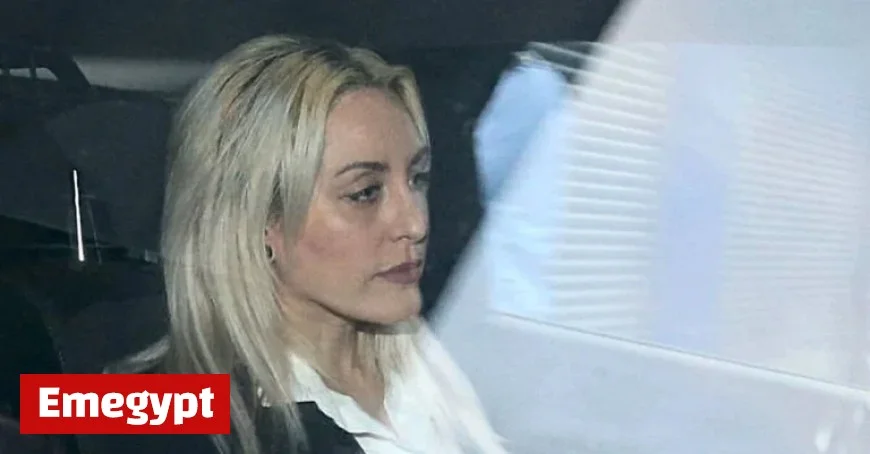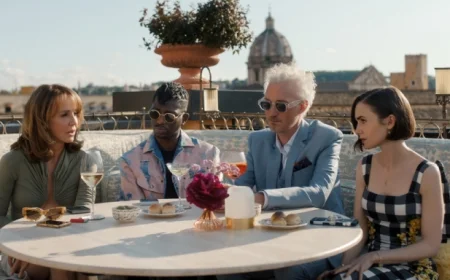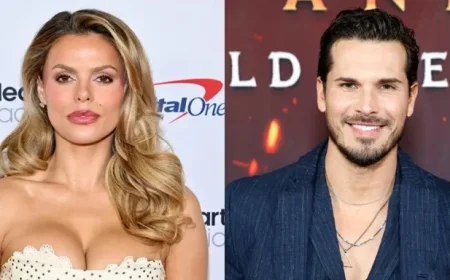Secrets Unveiled in Ruth Lawrence Trial: What the Jury Wasn’t Told

The Ruth Lawrence trial has garnered significant attention as it unfolds amid complex legal proceedings, nearly 11 years following the initiation of the Garda investigation. During the trial, prosecution counsel Michael O’Higgins SC revealed unexpected developments regarding one of the key witnesses, Jason Symes, who was hospitalized after suffering a heart attack. He and his daughter, Stacey Symes, provided crucial statements to An Garda Síochána in 2014 about Lawrence and her partner Neville van der Westhuizen’s involvement in the murders of two men.
Witness Health Crisis Impacts Trial Progress
O’Higgins informed the court that Symes’ future availability was uncertain, leading to a discussion on whether the trial should continue. Mr. Justice Hunt decided to adjourn the jury for two days, citing the need to assess the situation surrounding Symes’ health. O’Higgins urged for discretion in media reporting regarding this unexpected witness-related issue.
Video Link Testimony Controversy
Later in the week, O’Higgins sought permission for Symes to provide testimony via video link due to his inability to attend in person. O’Higgins noted that since the Covid-19 pandemic, such remote testimonies had become commonplace. However, defence counsel Patrick Gageby SC opposed this application, arguing it was vital for the jury to witness Symes in person to accurately assess his credibility. He noted that this was the first time in over 15 years he had objected to such a method of delivering evidence.
Justice Hunt highlighted the necessity of ensuring a fair trial for Lawrence. He expressed concern about unnecessarily prolonging her custody and mentioned that there were no guarantees that further delays would lead to better options for the witness’s testimony. Ultimately, Hunt ruled in favor of the prosecution, allowing the video link testimony to proceed.
Defense Strategy and Witness Testimonies
The defense called South African witness Robert Roger Brazelle, a pastor from the Christian Revival Church in Pretoria, to testify via video link. Brazelle recounted his first meeting with Lawrence and her fears concerning trafficking. He claimed that Lawrence had assisted him in managing a safe house for trafficking victims several years later.
O’Higgins argued that although the defence could claim Lawrence was a trafficking victim, the manner of presenting such evidence should not hinder the prosecution unfairly. The judge ultimately concluded that the relevance of the defence’s arguments was questionable.
Charges and Legal Arguments
As the trial progressed, Gageby moved to withdraw the second murder count against Lawrence, acknowledging that evidence pertaining to this charge was insufficient. Despite the application, Justice Hunt maintained that sufficient evidence existed to support the prosecution’s case regarding both counts, including the argument of joint enterprise in the killings.
O’Higgins contended that evidence indicated Lawrence and van der Westhuizen conspired in the murders, characterizing the situation as one where every participant in a crime shares responsibility.
Jury’s Role in Determining Guilt
Justice Hunt reiterated that the determination of guilt lies with the jury, emphasizing that differing interpretations of evidence could exist. He ultimately rejected the defense’s motion to withdraw the murder charge and emphasized that the indictment must remain intact.
This trial not only highlights the complexities of justice but also reflects the significant legal principles involved. As the proceedings continue, both the prosecution and defense present their arguments to shape the jury’s understanding of the evidence presented.






























